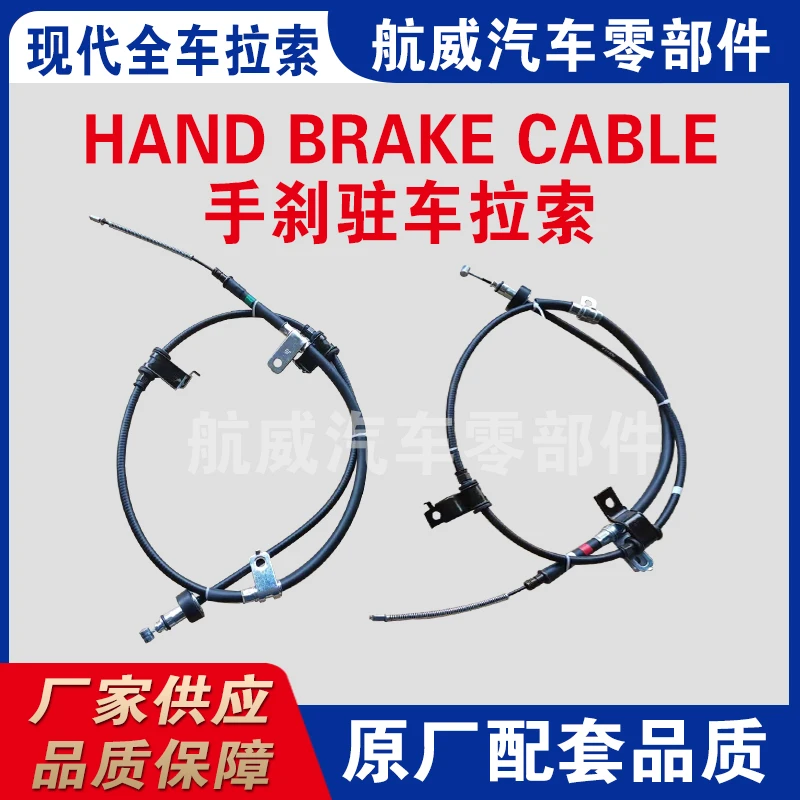Choosing the Right Hose Pipe for Your Clutch System Needs
Understanding Clutch Hose Pipes An Essential Component for Vehicle Performance
The clutch hose pipe is a crucial component in any vehicle's hydraulic system, specifically designed to facilitate the proper functioning of the clutch mechanism
. Often overlooked in discussions about automotive maintenance, this vital piece plays an essential role in ensuring drivers can smoothly engage and disengage the clutch, which is critical for shifting gears seamlessly.Clutch hoses are typically made from reinforced rubber or synthetic materials to withstand high-pressure situations. They connect the clutch master cylinder to the slave cylinder, transferring hydraulic fluid as the driver operates the clutch pedal. When the pedal is pressed, the clutch master cylinder generates pressure, which is transmitted through the hose to the slave cylinder, causing the clutch to disengage. This process allows for smooth gear transitions and enables the vehicle to come to a stop without stalling.
One of the major benefits of a properly functioning clutch hose pipe is safety. A compromised hose can lead to leaks or a complete failure of the clutch system, resulting in erratic gear shifting or loss of control while driving. Therefore, regular maintenance checks are imperative to ensure the integrity of the hose. Signs of wear may include visible cracking, bulging, or leaks around the hose fittings. If any of these symptoms are present, it is essential to address the issue promptly to avoid potential hazards on the road.
clutch hose pipe

In terms of performance, a high-quality clutch hose can significantly enhance the driving experience. It offers better responsiveness and reliability, allowing for precise control during acceleration and deceleration. Upgrading to a premium stainless steel braided clutch hose can provide additional benefits. These hoses are more resistant to heat and pressure fluctuations, thus improving overall performance and longevity. Additionally, many aftermarket options come with protective coverings to guard against abrasion and environmental factors such as oil and heat.
Installing a new clutch hose may seem like a daunting task, but it can be a manageable DIY project for those with basic mechanical knowledge. It typically involves lifting the vehicle, draining the hydraulic fluid, and carefully disconnecting the old hose. Once the new hose is in place and secured, the system must be bled to remove any air bubbles to restore proper clutch function. For those uncertain about handling the installation, professional mechanics can provide the expertise needed to ensure a correct and safe fit.
In conclusion, the clutch hose pipe may not receive as much attention as other components of the vehicle, but it plays an integral role in performance and safety. Understanding its importance, recognizing signs of wear, and performing regular maintenance can ensure optimal function of the clutch system. Whether you choose to DIY or seek professional help, addressing the condition of your clutch hose pipe is crucial for a smooth and safe driving experience.
-
Workings of Clutch Pipe and Hose SystemsNewsJun.04,2025
-
The Inner Workings of Hand Brake Cable SystemsNewsJun.04,2025
-
The Secrets of Throttle and Accelerator CablesNewsJun.04,2025
-
The Hidden Lifeline of Your Transmission Gear Shift CablesNewsJun.04,2025
-
Demystifying Gear Cables and Shift LinkagesNewsJun.04,2025
-
Decoding Clutch Line Systems A Comprehensive GuideNewsJun.04,2025
